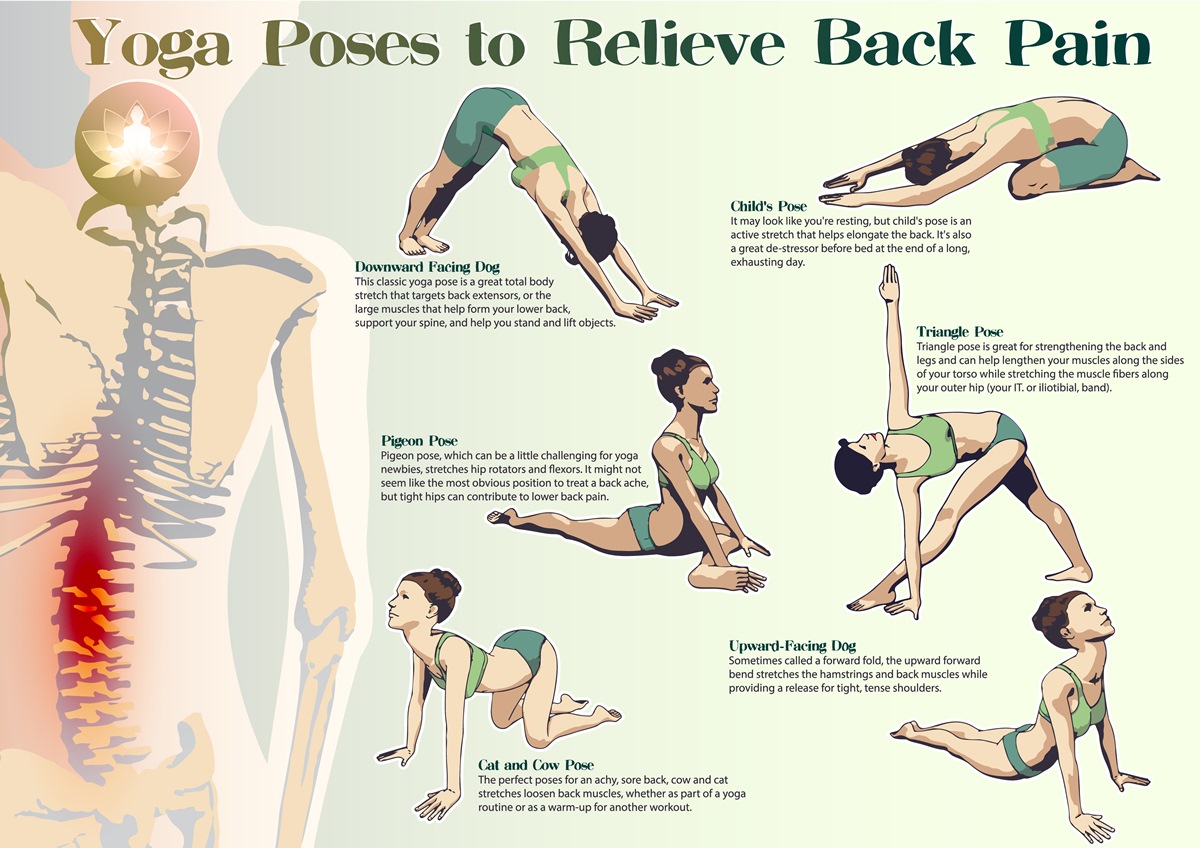- You are here:
- Home »
- Blog »
- How-To
- » How to Prevent Knee Pain and Back Pain
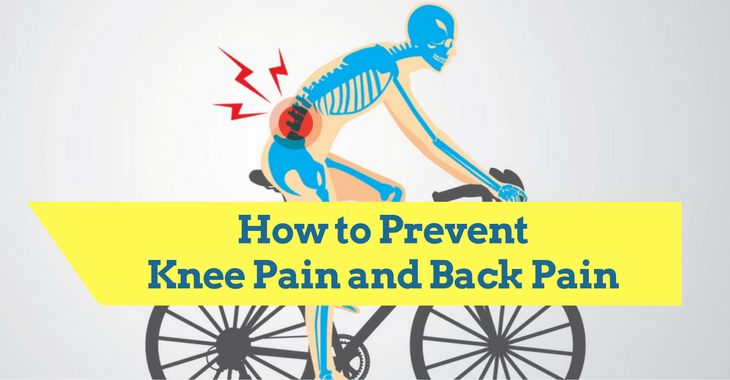
How to Prevent Knee Pain and Back Pain
Have you been feeling excessive pain in your knees or lower back, because you love to cycle? There is a price to pay for everything you have or do, and when you choose cycling, you have to feel the pain.
If you’re a pro-cyclist, you must felt these typical cycling pains a lot more than any others:
In this post, you are going to learn about the causes of these pains and what you can do to prevent them.
So, let’s get started!
1) How to Prevent Knee Pain
 No matter who you are, a pro, a touring cyclist or an occasional rider, knee pain is amongst the most common ailments cyclist face. :
No matter who you are, a pro, a touring cyclist or an occasional rider, knee pain is amongst the most common ailments cyclist face. :
- Improper training
- Bad bike fit
- Weak technique
All these factors combined with the repetitive motion of the bicycle and put your knees under a lot of stress. To reduce it, you have to adjust to the riding position that accounts for minimum stress. You have to get a good training to avoid injuries. Finally, you should understand the pedal mechanism and how it causes the knee pain.
Luckily, the ailment can be prevented easily. Following factors, with causes and solutions, are related to knee pain:
-
Warm up
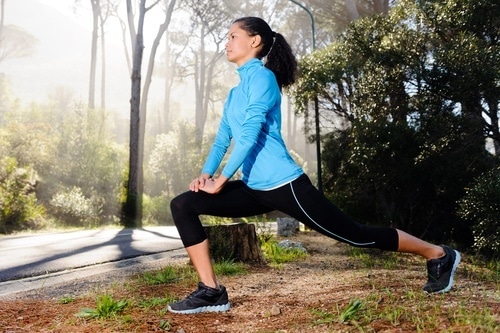
The way you warm up can also cause knee pain. In fact, it is the basic factor leading to knee injuries. In regions where winter tends to go colder and lasts longer, cyclists take spring and summer as a festive occasion. They tend to spend more time cycling which causes knee issues.
Causes: The winter-wasted muscles have already gone fatigued, and when you cycle longer, they tighten themselves. As a result, less flexibility in muscles put more pressure on the knee while you cycle. To prevent this, you need to make a proper plan ahead of a new season.
Solution: According to Dr. Chad Asplund, you should start early, right from the fall season. Spend 50-60 percent of the longest rides, then gradually increase the duration by 10% a week. In this way, your muscles will get accustomed and remain flexible throughout the spring.
Warm up is essential before stretching.
- Ride for 5 minutes,
- Walk briskly for about 2 minutes.
- Pump your arms. You can do wall pushups for that. 15 – 20 pushups will do.
- Do 15 to 20 calf raises.
Do these warm up exercises before stretching and avoid the risk of knee pain or injury.
-
Saddle too low

If you’re new to cycling, you may have come across a problem of the improper saddle. If you haven’t done anything about it, then you better should, because improper seating is also a major cause of knee pain. Cyclists mostly prefer a saddle too low. Then there are some who have it too far back.
Causes: According to Dr. Asplun, if a saddle is farther back, you can use the quads and generate more power, but the downside is you’ll end up putting too much pressure on your knees.
Solution: You need to adjust the saddle for reduced pressure on your knees. Here are some steps to do that:
- Ask someone to hold your bike and keep it steady, while you’re sitting on it with your feet on the pedals.
- Now move your feet to bring the crankshaft and pedals in a straight line.
- Make sure that the pedals are positioned parallel to the ground.
- Now, you have to make sure that the forward knee is placed on the pedal in such a way that its front should stay directly above the ball of the foot as well as the pedal’s axle.
- Adjust the saddle if you’re not getting this ideal position, by moving it backward or forward.
Similarly, if the seat is higher than normal, you’ll be moving your hips while riding. This is again not a good sign for your legs and knees.
-
Cleat
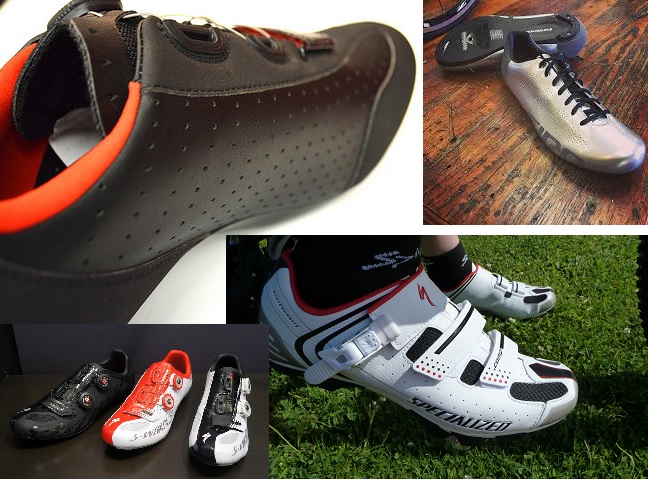
If you’re wearing clip-in shoes for cycling, you’re asking for the knee pain yourself.
Causes: If clips are unattached, the foot can rotate easily and adjusts itself to the right position. Clip-in, on the other hand, could lock your foot into a below-optimal position. It may lead to knee pains or injuries in worst cases.
Solution: Bike cleats are far better for cyclists because they offer “float” element which allows free foot movement in either direction. As a result, your foot can get its optimal position. You can easily compare the two positions; locked in state and unclipped state and make sure both are the same.
-
Weak technique
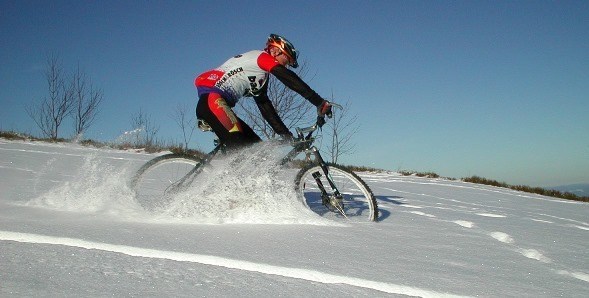
Casual riders, because of their limited cycling skills, tend to make these common mistakes:
- They push higher gear when they should not. That happens when you’re riding up the hill. For higher gears, you need to apply greater force. This means your knees will go through increasing stress.
- Low cadences is another cause of knee pain. It means when you push higher gears, the rotation per minute of the pedals will be lower than normal.
Causes: These issues combined to amplify the force, thus cause unnecessary stress on knees beginners and occasional riders. According to Asplund, new riders normally have a cadence in the range of 70-80rpm. This is the reason why they tend to generate higher power than what was needed.
Solution: The best way to pedal would be at a rate of 90 rpm, or somewhere near. If you keep pushing your cycle up the hill with lower gears, it will be more relaxing, and you can also pedal at a better cadence. You can install a cadence sensor to maintain your rate.
-
Exercise for knee pain
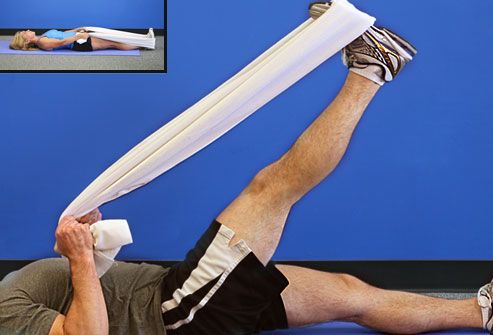
Source: webmd.com
If you’re going through knee pain or an injury, you may be afraid that exercising might prolong the pain. The reality is quite opposite of it.
Causes: Exercise is meant for muscle strengthening and flexibility, so it will not only reduce the pain, you will be able to avoid further knee pains and injuries.
Solutions: You should start slowly and increase the strength of your muscle. If the pain increases, stop the exercise and consult your doctor.
Here are few recommended exercises:
- Three sets of straight leg raise (10 – 15 times in each set)
- Three sets of hamstring curls (15 in each set). Try to touch your heels with your buttocks, but don’t force it.
- Three sets of leg raise with your stomach in contact with the floor. Keep your bottom and hamstring muscle tight. (at least 15 in one set)
- “Close the Chain” is an advanced version. Touch your back against the wall with your legs open. Bend down slowly while your back and pelvis should be against the wall. Maintain the position for up to 10 seconds. Don’t put too much pressure on your knees by bending.
2) How to Prevent Back Pain
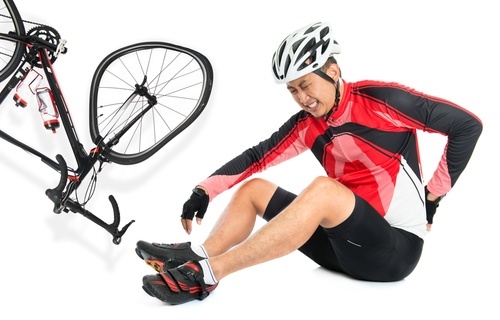
Back pain is another major issue cyclists often fee, and there are quite a few causes for it. You may have a back pain because of the following factors:
- Riding style
- Frame setup
- Body posture
- Handlebar position and size
- Seat position and height
- Foot length and position
Read below and find out what’s the main culprit responsible for your back pain.
-
Riding style
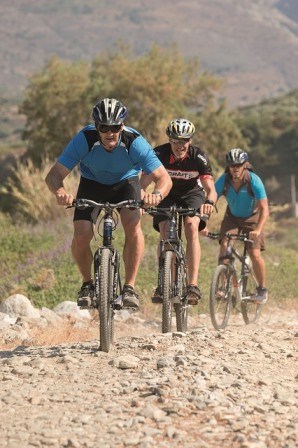
Many people think cycling is a leg-based exercise, but this is not true. Apart from the basic moving joints of ankles, knees and hips, your upper body is also engaged in cycling.
- With your leg descending, your arm at the same side goes through pulling motion.
- Your hip flexor muscles at the side of ascending leg, become active to lower the downward force stored in ascending pedal. One of these muscles is attached to the lumbar spine.
- At the side of the ascending leg, the quadratus and obliques muscles become active to stabilize your lower back as well as reduce hip tilting.
If a person is riding with his hips tilting sideways, it’s a sign of muscles becoming fatigued or not fully engaged.
Causes: If these prime movers have gotten fatigued or they’re not able to keep up, that will put small core muscles under a lot of strain. It may result in muscle strain and discomfort in the back.
Solutions: You can reduce chances of pain or injury in the following manner:
a) Have someone observe:
Ask your friend to observe your body movement while you cycle, and note down what he had to say about:
- Your knee movement
- Hip tilting
- Body swaying to one side
b) Use a Camera:
You can use a camera or tripod to monitor your movements. Alternatively, you can set up your cycle against a full-size mirror or go to a cycle fitting facility that can make a video of your body movements.
-
Bike fit
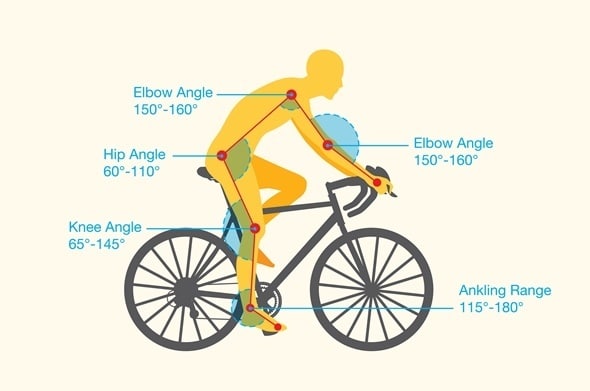
If you are willing to set up your bicycle like the one used in racing, you’re asking for too much trouble. There are many reasons, such as:
- Race position is unnatural
- It will limit your body motion
- Chances of imbalance will be more
Solution: While trying out a new model, be prepared to spend more than just a few minutes. If possible, negotiate for a longer session, so that you can be sure whether the bike gives you proper balance or not.
-
Frame setup
You know that you need to adjust the bike frame to minimize the risk of injuries. So, it is better to initiate with the right kind of frame geometry. All the elements discussed in this section impact your bike handling. They need to be accurate with the dimensions of your body. These elements include:
- The length of seat tube
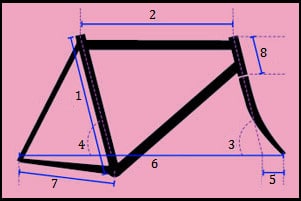
- The length of top tube
- The angle of head tube
- The angle of seat tube
- Fork offset
- Wheelbase
- Rear centre
- The length of the head tube.
Among them, seat tube length, head tube length, and top tube length are of more important than the rest.
-
Saddle height
The saddle height should be adjusted in a manner that the heel rests on the pedal when it is fully down. Make sure that the ball of your foot should be at the center of the pedal and the knee should be flexed slightly.
-
Posture
To reduce the back pain while cycling, instead of sagging your back downward, arch it like a bridge. With this posture, your back will arch a little bit, instead of bow inward, as you hit an unexpected bump on the road.
-
Leg length / foot position
Source: bikeshopbelair.com
The foot should be aligned (parallel) with the direction of your bike. Moreover, the ball of the foot should rest in such a way that it should be over the pedal’s center.
-
Saddle – handlebar distance
This distance varies, depending on your natural body posture, reach, and abilities. But you can start properly by placing your hands on the lower part of the handlebars. Now observe your upper arm and forearm.
- Upper arm must make a 10-degree angle on the vertical
- Your forearm should make 45-degree angle from the horizontal
-
Handlebar height and width
As far as handlebar’s height is concerned, it depends on upon your preferences. You can adjust the handlebar height from zero to 10 cm (approximately 3.94 inches) less than the seat height. For a beginner or a less flexible person, zero is ideal. Professional bikers and frequent riders may opt for 10cm. If you’re feeling back pain, you can raise the handlebar for the more relaxed position.
Back pain can be prevented by strengthening the core muscles in abdomen, pelvis, hips and lower back. With strong core muscles, you can easily avoid back injuries by maintaining proper balance and stabilizing your body on sharp turns. There are some basic core strengthening exercises such as:
- Abdominal press or plank press
- Abdominal crunch
Alternatively, regular sessions of Pilates or yoga are also helpful in strengthening the core muscles.
3) Neck Pain:



As mentioned earlier in this post
Conclusion
In order to avoid common cycling pains, such as knee pain or back pain, you need to make a few adjustments, such as:
- Change the way you ride
- Adjust the saddle, handlebar, and seat
- Choose the right frame according to your body
- Wear cleats
- Pay attention to your body posture; hips, back position, foot position, hand placement and stretch.
- Do some warmups, stretching and muscle strengthening exercise regularly
About the Author Nick Soros
Hi, I'm Nick Soros. I have been an cycling enthusiast from 2006. Ezroadbike.com is my personal blog where I share my pedaling experience. No matter you are a new cyclist or skillful one, you would find useful topics in my site. Have a great cycling...

